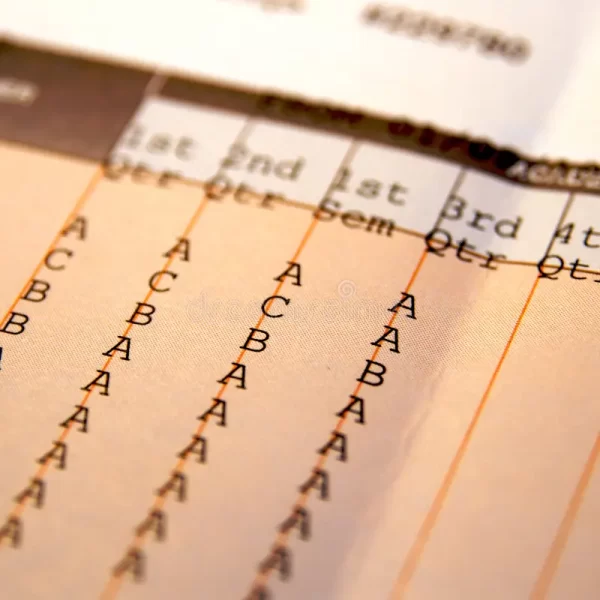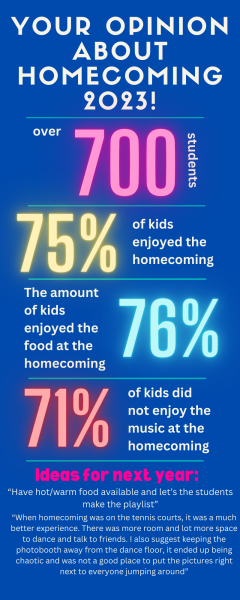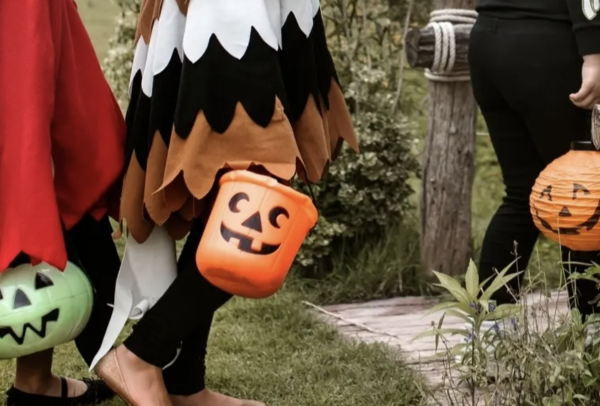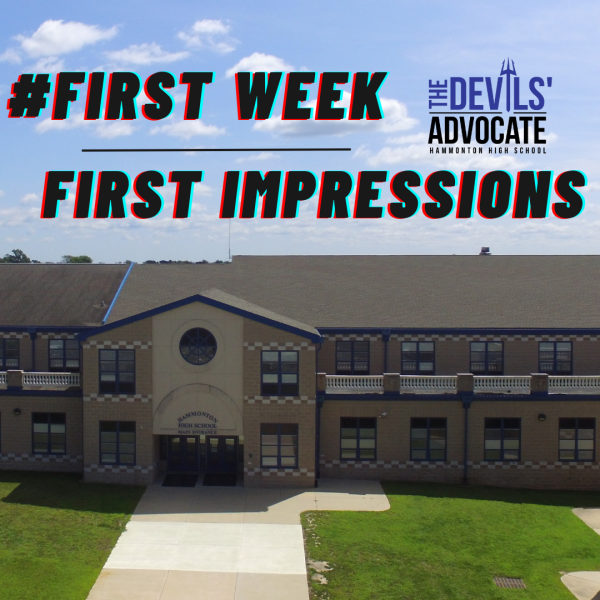Christmas Trees: Real or Artificial?
For environmentalists, Christmas trees are an important tradition face a dilemma: should they buy a real or an artificial tree?
Research shows that buying a single artificial tree once a decade has a significantly larger carbon footprint than buying a new real tree each year over the same time period.
According to Nielsen Research, in partnership with the American Christmas Tree Association (an industry trade group for artificial trees), U.S. consumers will purchase approximately 21.6 million real trees and 12.9 million artificial trees during the 2012 Christmas season. The National Christmas Tree Association, a trade group for real trees, reports the purchase of 28 million real trees and 8.2 million artificial trees in 2010.
Reviewing the research on the two types of trees, Springer notes that you would have to keep an artificial tree for 20 years before its carbon footprint is smaller than that of 20 real trees. These numbers come from a 2009 study conducted by the consulting firm Ellipsos.
Artificial trees’ carbon footprints come in large part from the fact that most of them are made in China, and therefore, shipping them around the world consumes enormous quantities of fossil fuels. This plastic is manufactured from petrochemicals in a fossil-fuel intensive process. In addition, trees made from polyvinyl chloride tend to release volatile organic compounds into the air, often causing respiratory allergies or other distress.
According to Springer, many people select artificial trees for reasons that have more to do with price or accessibility than global warming. But many other people, he noted, falsely fear that real trees will give them allergies.
Some students and faculty members prefer artificial trees because they are convenient and economic.
“I like artificial trees because it saves you money and is much easier to maintain,” said senior Danny MacDuff.
Sophomore Kaitlin Sliwecki agrees because the fake trees are, in a way, “greener” for the earth.
“Artificial trees save money,” she said. “You do not have to buy a new one every year.”
For senior Taylor Downey, artificial trees are a matter of necessity, not preference, because she suffers from allergies.
“The smell of real trees trigger my allergies and cause me to get a stuffy nose,” she said.
For others, however, nothing can replace a real tree.
Gym teacher Mr. Gregg Silvesti said,”I am not a fan of fake things and I want the real deal, something massive.”
Jonathan Triboletti, a junior, feels like a real tree captures the entire spirit of the holiday, especially when families gather around the tree to see what Santa brought.
In his opinion, “real Christmas trees bring more Christmas spirit with its smell when you wake up on Christmas morning.”











